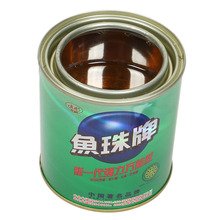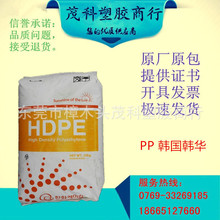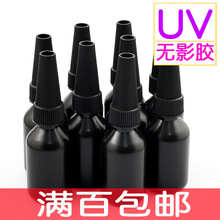It's not unusual to find rust around salt water, but now the pairing might actually be useful. Researchers at Caltech and Northwestern University have found that electricity can be produced when salt water flows over the top of thin films of rust. The process was previously seen in – what else – graphene, but rust is far easier to scale up.
Salt water is a common ingredient in batteries, usually as an electrolyte. It shows up in simple salt-water-powered lamps, huge redox flow batteries, and even in an experimental osmotic power generation plant.
But this new system works on a different principle to all of those examples. Rather than chemical reactions, the rust generates electricity using the electrokinetic effect, or the energy of the water's movement as it flows past. Basically, it works because the ions in the salt water attract the electrons in the iron under the layer of rust. As the salt water and its ions flow, that attraction drags the iron electrons and produces an electric current.
This same effect was previously seen using graphene instead of iron and rust, but the problem there is that graphene is still tricky to manufacture and scale up to useful sizes. Producing large slabs of iron, and then getting rust to form on its surface, are things that current industrial practices are already equipped to handle.
To make sure the rust forms in even, thin films, the team used a process called physical vapor deposition (PVD). Iron oxide vapor was made to condense on the surface at a uniform 10 nanometers thick. Then, the team tested it out using salt water solutions of different concentrations.
They found that the technique was surprisingly efficient at converting kinetic energy into electricity – around 30 percent – and could generate a few dozen millivolts and several microamps per square centimeter of the rust-coated iron. That suggests scaling it up could generate useful amounts of electricity.
"For perspective, plates having an area of 10 square meters each would generate a few kilowatts per hour – enough for a standard US home," says Tom Miller, co-author of the study. "Of course, less demanding applications, including low-power devices in remote locations, are more promising in the near term."
This could go on to be used to generate power in or near the ocean, or even in the human body.
"For example, tidal energy, or things bobbing in the ocean, like buoys, could be used for passive electrical energy conversion," says Miller. "You have salt water flowing in your veins in periodic pulses. That could be used to generate electricity for powering implants."
The research was published in the journal Proceedings of the National Academy of Sciences.
Source: Caltech


 相关文章
相关文章




 精彩导读
精彩导读




 热门资讯
热门资讯 关注我们
关注我们
